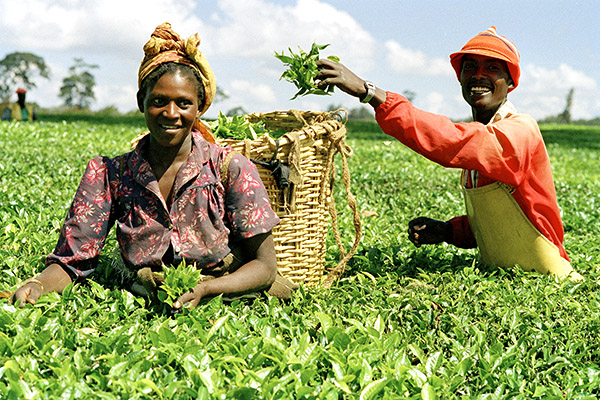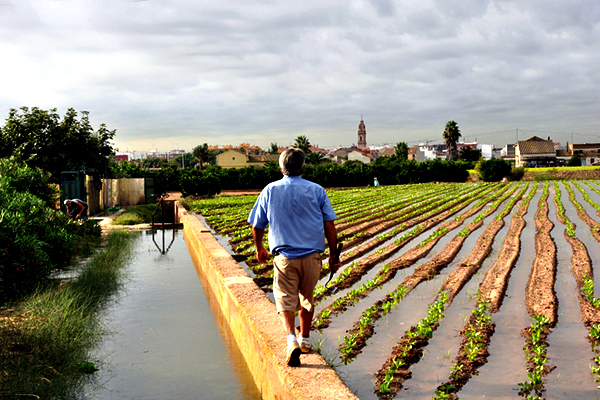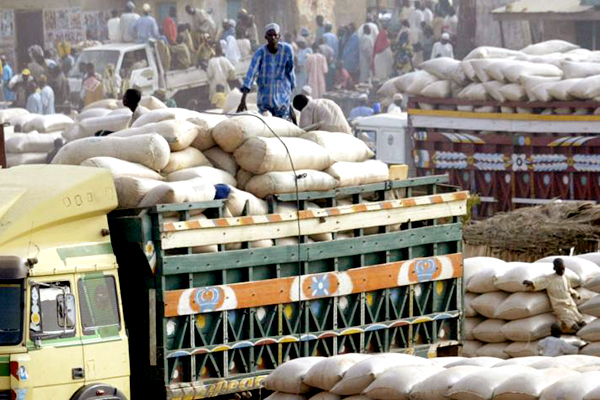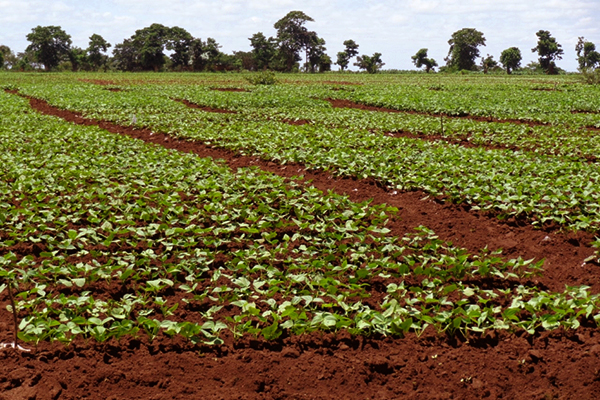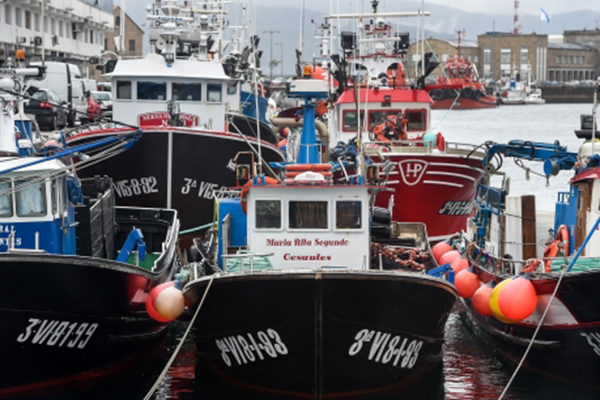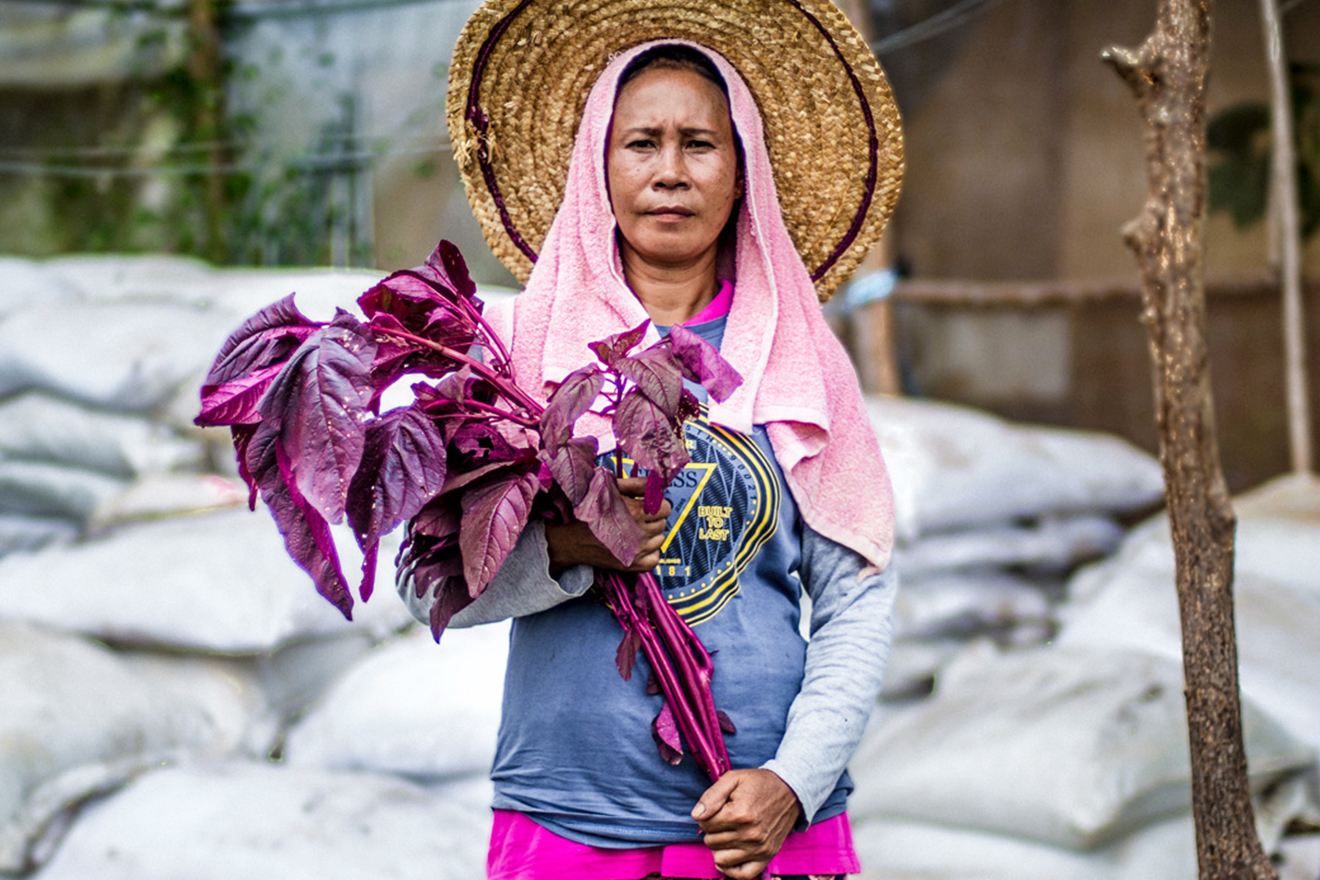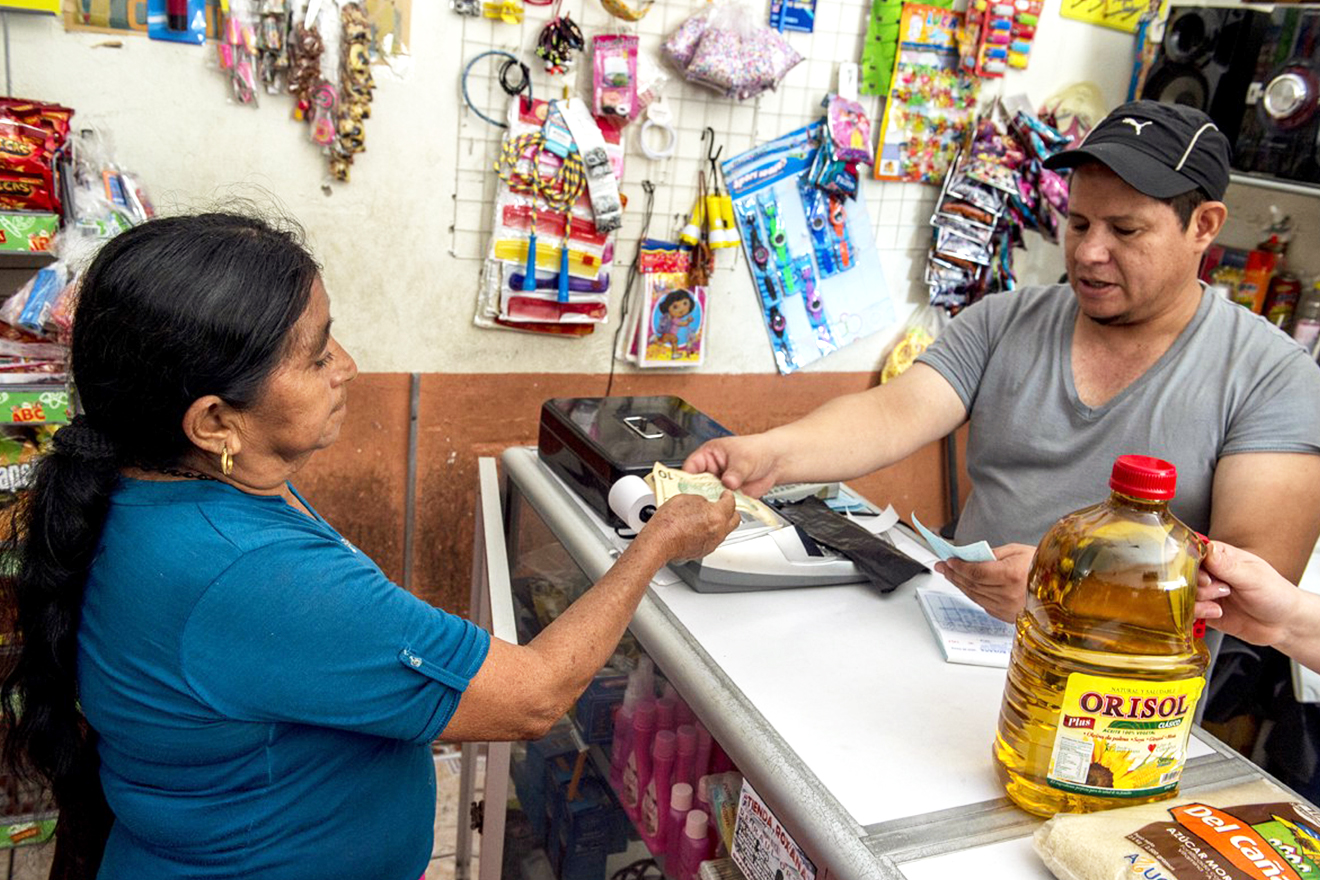Tea production and processing are a main source of livelihoods for millions of families, particularly in developing countries. Recognizing the long history and deep cultural and economic significance of tea around the world, the General Assembly proclaimed 21 May as International Tea Day, calling on FAO to lead the observance. The celebration promotes the sustainable production, consumption and trade of tea. It also offers an opportunity to ensure that the tea sector continues to play a role in reducing extreme poverty, fighting hunger and safeguarding natural resources.
Agriculture and Food
Victoria Muteti, a 44-year old farmer living in Kenya’s Makueni County, has increased her harvest several times over. Luckily, she is able to keep farming during the COVID-19 pandemic, while observing all the necessary social distancing measures, and the extra income she’s made over the last two years has helped her improve her nutrition – along with many other facets of her life. Victoria owes these successes to her participation in an e-voucher initiative implemented by the Government of Kenya and jointly funded with IFAD and the European Union.
Desert Locust upsurges aren’t a new phenomenon. Locusts are one of the oldest migratory pests in the world and have wreaked havoc on crops across the globe for centuries. When huge swarms infest many countries and spread across several regions or continents, it becomes a plague. A plague of Desert Locusts, the most destructive locust species of all, can easily affect 20 percent of the Earth's land, potentially damaging the livelihoods of one tenth of the world's population and seriously affecting food security.
Empowering and protecting rural women in the time of coronavirus
Food and agriculture are being affected as a result of measures to contain the COVID-19 pandemic. As countries combat this pandemic, health is the top priority, but good health also depends on the availability and access to food.
L’Horta is an irrigation system declared by FAO as a Globally Important Agricultural Heritage System (GIAHS). Located in the city of Valencia, it provides healthy food to a million and a half Valencians. Thanks to L’Horta, 6 000 family farms, including 10 fisheries, guarantee food reaches not only the Community of Valencia but also other communities and towns outside its borders. This irrigation system and use of water is an example of agriculture adapting to climatic conditions.
Leading up to the coronavirus pandemic, more than 820 million people went to bed hungry, including 110 million people who were living in acute food insecurity. Now as some developing countries face a double crisis - hunger and COVID-19 - the United Nations is working to support the most vulnerable. Governments, even as they prioritize public health goals, must do everything in their power to keep trade routes open and supply chains alive, urged the FAO. Questions remain over the food supply chain due to quarantine regulations.
Pandemics create both demand and supply shocks in all economic sectors. Although the agricultural sector tends to be more resilient than other sectors, the food system in developing countries can still take a significant hit. And for countries that rely on food imports, a food systems crisis may hit earlier than the effects of the pandemic itself. IFAD deems essential that all interventions to protect food systems and rural producers, link projects and be holistic in design.
Population increases, higher food demand, and changing land use degrade around 33 percent of global soils. FAO looks for innovative solutions to ensure we can protect them.
Even before the COVID-19 pandemic began to affect food systems and agricultural livelihoods, 13 million people were already facing acute food insecurity.
As the COVID-19 pandemic turns into a global crisis, countries are taking measures to contain the pandemic. Supermarket shelves remain stocked for now.
Spain is the country in Europe that consumes the largest amounts of fish and seafood. It is no small feat for Europe’s biggest fishing port in Vigo, Spain to remain operational.
A FAO pilot project was launched in the Jalal-Abad region of Kyrgyzstan in 2017 with the aim of boosting not only livelihoods and income but also diets and nutrition.
Don’t Allow the Coronavirus to Open Up Another Front
How to Minimize the Impact of Coronavirus on Food Security

